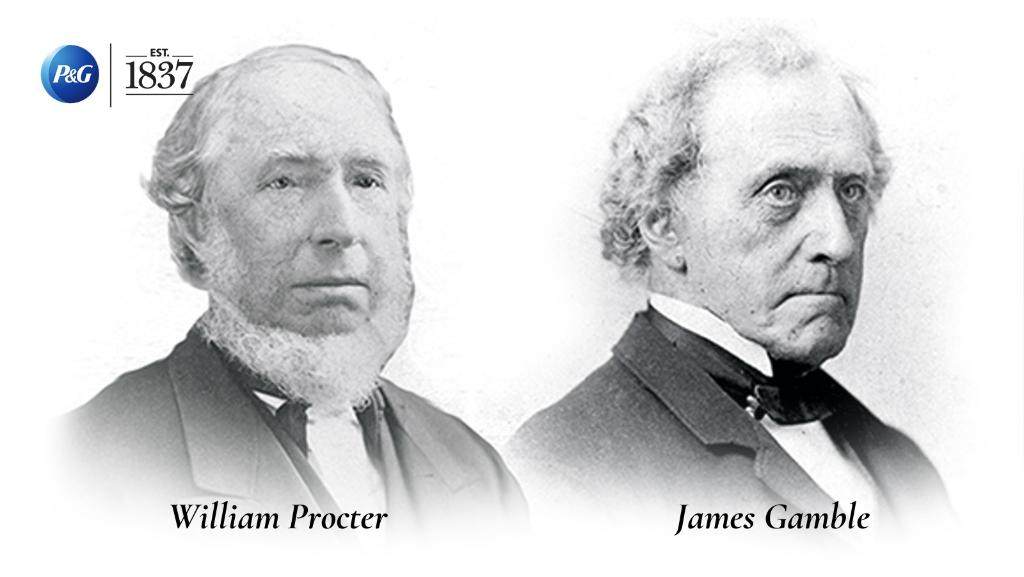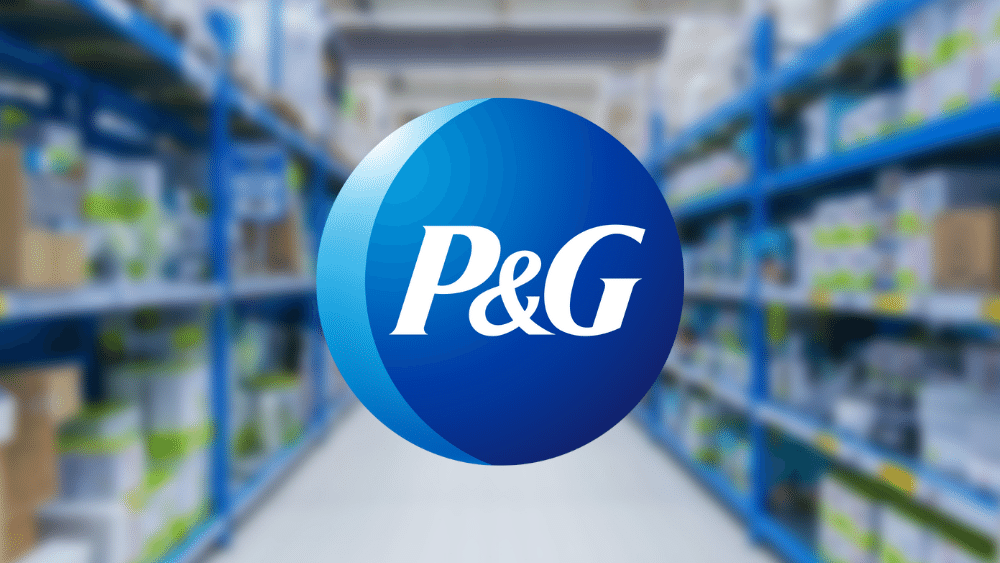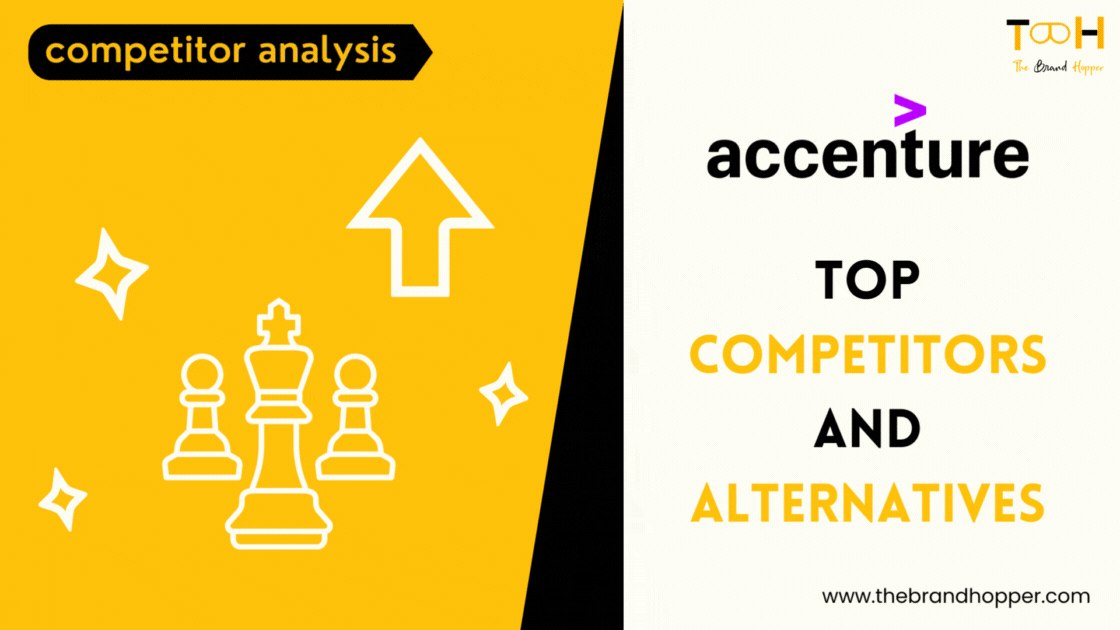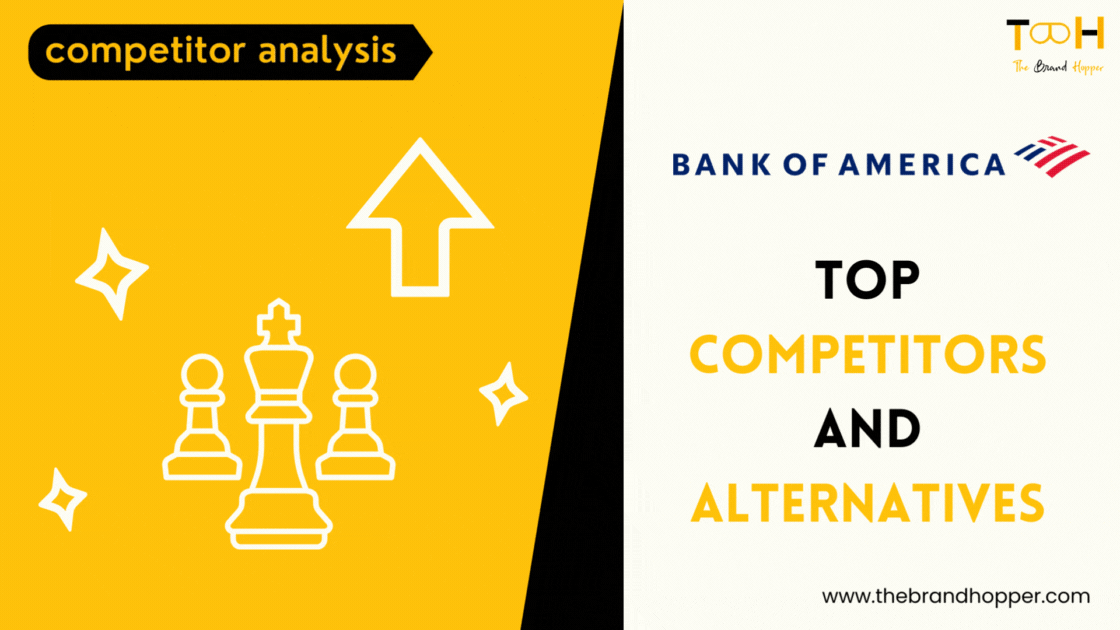Procter & Gamble (P&G) is a multinational consumer goods company that has established itself as a leader in the industry with a diverse portfolio of globally recognized brands. With a rich history spanning over 180 years, P&G has built a reputation for delivering high-quality products that improve the lives of consumers worldwide.
P&G’s origins date back to 1837 when William Procter, a candlemaker, and James Gamble, a soapmaker, formed a partnership in Cincinnati, Ohio. Their commitment to quality and innovation laid the foundation for what would become one of the world’s most influential consumer goods companies.

Today, P&G operates in multiple product categories, including beauty, grooming, healthcare, fabric care, and home care. The company’s brand portfolio encompasses iconic names such as Gillette, Pampers, Tide, Pantene, Olay, and Crest, among many others. These brands have become household names, trusted by consumers for their reliability, effectiveness, and superior quality.
P&G’s success can be attributed to its unwavering dedication to consumer-centricity and innovation. The company places great importance on understanding consumer needs and preferences, conducting extensive research, and leveraging cutting-edge technology to develop products that address evolving market trends.
Beyond product innovation, P&G has embraced a purpose-driven approach to business. The company strives to make a positive impact on society by aligning its brands with social causes, sustainability initiatives, and community engagement programs. P&G’s commitment to corporate social responsibility is exemplified through initiatives like its “Ambition 2030” sustainability goals, which aim to promote environmental sustainability and social responsibility throughout its operations.
As a global corporation, P&G operates in more than 180 countries, serving billions of consumers worldwide. The company’s international presence is bolstered by a strong network of manufacturing facilities, research and development centers, and distribution channels, allowing it to meet the diverse needs of consumers across different markets.
P&G’s success is not only reflected in its extensive brand portfolio but also in its financial stability and market performance. The company’s strong financial foundation enables it to invest in research and development, marketing, and talent acquisition, supporting its continuous growth and market leadership.
Marketing Strategies of P&G
Procter & Gamble (P&G) employs various marketing strategies to effectively promote its products and connect with consumers. P&G is known for its innovative and consumer-centric approach to marketing. Here are some key marketing strategies used by P&G:
Consumer Understanding: P&G places a strong emphasis on consumer understanding. Through extensive market research, data analysis, and consumer insights, P&G strives to gain a deep understanding of consumer needs, preferences, and behaviors. This understanding forms the foundation for developing products and crafting targeted marketing campaigns that resonate with consumers.
Brand Differentiation: P&G focuses on differentiating its brands within each product category. Each brand under P&G’s portfolio has a unique value proposition and positioning that sets it apart from competitors. P&G invests in developing brand equity by highlighting the unique features, benefits, and emotional appeal of each brand. Brand differentiation helps P&G capture consumer attention and build loyalty.
Product Innovation: P&G is renowned for its commitment to product innovation. The company invests heavily in research and development to create breakthrough products that meet evolving consumer needs. P&G’s marketing strategy often centers around communicating the innovative features, technology, and benefits of its products. Innovation serves as a key driver for market penetration and growth.
Integrated Marketing Communications: P&G utilizes an integrated marketing communications approach to reach consumers through various channels. This strategy combines traditional advertising (TV, print, radio) with digital marketing, social media, influencer marketing, public relations, and experiential marketing. P&G ensures consistent messaging and brand visibility across different touchpoints to maximize consumer reach and engagement.
Emotional Branding: P&G recognizes the power of emotional connections in marketing. Many of P&G’s campaigns focus on creating emotional resonance by telling compelling stories that resonate with consumers’ values, aspirations, and emotions. By evoking emotions, P&G builds brand loyalty and deepens the relationship between consumers and its brands.
Purpose-Driven Marketing: P&G has embraced purpose-driven marketing, aligning its brands with social causes and initiatives that resonate with consumers. P&G’s campaigns often promote messages of empowerment, inclusivity, sustainability, and social responsibility. Purpose-driven marketing helps P&G connect with socially conscious consumers and build a positive brand image.
Personalization and Targeted Marketing: P&G leverages data-driven insights to personalize its marketing efforts. By analyzing consumer data, P&G creates targeted campaigns that address specific consumer segments or individual preferences. This personalized approach allows P&G to deliver relevant messages and offers, increasing the effectiveness of its marketing efforts.
Co-Branding and Partnerships: P&G frequently engages in co-branding initiatives and strategic partnerships. Collaborations with other brands or organizations allow P&G to leverage complementary strengths and reach new audiences. Co-branded campaigns or product collaborations help create excitement, generate buzz, and extend brand reach.
Continuous Advertising and Promotion: P&G maintains a consistent presence in advertising and promotional activities. The company invests substantial resources in advertising campaigns to maintain brand visibility and awareness. P&G often sponsors major events, partners with sports teams, and utilizes celebrity endorsements to increase brand recognition and recall.
Digital Transformation: P&G embraces digital marketing and e-commerce to connect with consumers in the digital age. The company leverages social media platforms, influencer marketing, content marketing, and targeted online advertising to engage consumers. P&G also invests in e-commerce capabilities to provide convenient access to its products through online channels.
These marketing strategies enable P&G to effectively promote its brands, engage with consumers, and drive brand growth. By combining consumer insights, innovation, emotional connections, purpose-driven messaging, and targeted marketing approaches, P&G maintains a competitive edge in the consumer goods industry.
Marketing Mix of P&G
The marketing mix, also known as the 4Ps (Product, Price, Place, Promotion), is a fundamental concept in marketing strategy. Here’s a detailed explanation of how Procter & Gamble (P&G) applies the marketing mix to its business:
Product
P&G focuses on developing and offering a wide range of consumer goods across various categories. The company invests heavily in product innovation and research and development to deliver high-quality and innovative products that meet evolving consumer needs. P&G’s product strategy includes developing new formulations, improving existing products, and expanding product lines to cater to diverse consumer preferences.
P&G also emphasizes packaging design to enhance product visibility and consumer appeal. Packaging plays a crucial role in differentiating its products on store shelves and effectively communicating product benefits and features to consumers.
Price
P&G employs a strategic pricing approach that takes into consideration factors such as production costs, competitive landscape, and consumer perceptions of value. P&G offers products across different price points to cater to a broad range of consumer segments. The pricing strategy varies depending on the brand, product category, and market positioning. Some P&G brands target premium segments, commanding higher prices based on perceived quality and added value, while others focus on affordability and mass-market appeal.
P&G also utilizes promotional pricing strategies, discounts, and bundling to incentivize consumer purchases and drive sales. These pricing tactics are often employed in collaboration with retailers to create attractive offers for consumers.
Place
P&G’s distribution strategy focuses on ensuring broad availability and accessibility of its products. The company utilizes a multi-channel approach to reach consumers through various distribution channels, including retail stores, e-commerce platforms, direct sales, and partnerships with wholesalers and distributors.
P&G maintains strong relationships with retailers worldwide, ranging from large-scale supermarkets and pharmacies to small convenience stores. The company invests in retail merchandising and point-of-sale materials to enhance product visibility and shelf presence.
Additionally, P&G has made significant efforts to expand its e-commerce capabilities. The company collaborates with online retailers, operates its own e-commerce platforms, and embraces digital transformation to meet the growing demand for online shopping and reach consumers directly.
Promotion
P&G employs a comprehensive promotional strategy to create awareness, generate demand, and build brand equity. The company utilizes various promotional channels and tactics to engage with consumers, including advertising, public relations, digital marketing, social media, influencer partnerships, and experiential marketing.
P&G’s advertising campaigns often focus on emotional storytelling, highlighting the benefits and values associated with its brands. The company invests in extensive media coverage, utilizing television, print, radio, and online platforms to reach a wide audience.
P&G also collaborates with celebrities, influencers, and experts to endorse and promote its products. These partnerships help to create credibility, increase brand visibility, and connect with target consumers.
In addition to traditional advertising, P&G embraces digital marketing strategies, leveraging social media platforms, content marketing, targeted online advertising, and search engine optimization to engage with consumers and drive brand awareness and preference.
Overall, Procter & Gamble’s marketing mix is carefully crafted to align with its brand strategy and effectively reach consumers. By focusing on product innovation, strategic pricing, broad distribution, and comprehensive promotion, P&G maintains its position as a leading player in the global consumer goods industry.
Also Read: Understanding the Brand Architecture of Proctor & Gamble (P&G)
To read more content like this, subscribe to our newsletter



